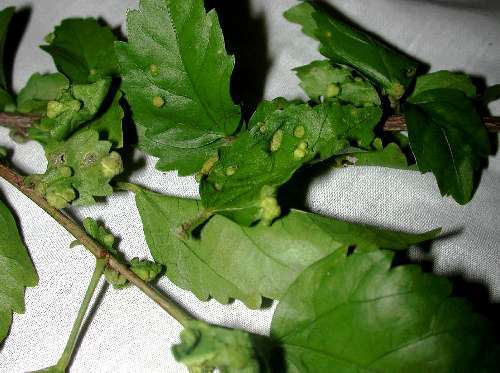Pest Control at a Warehouse

mole removal Stevenage in commercial warehouses is really a significant challenge for pest control businesses. Assorted sorts of pests, insects and animals can plague your warehouse. Commercial warehouse customers know how valuable it's to treat facilities and warehouses effectively. Food stocks as well as other perishable items increase the issue of curing warehouses. There are 6 steps in protecting your storage and making certain your container is absolutely free from insect infestation.
Assessment. This may be the very first step to create an effective pest control method. Assessing warehouses is just a complicated endeavor. Particular immersion is fond of entry points, food sources, water sources, shield areas, and employee and clients corners. Additionally they will assess all of areas in the warehouse such as cafeterias, cupboard, janitorial closets, storage room, utility space, relaxation rooms, and storage and receiving area.
Assess building layout. After the thorough appraisal and identifying existing and possible trouble spots, the following step to do would be find the building's customer and employee traffic which is the entire amount of people going in and out of the construction every day. Separate entry are as like pedestrian doors, electric conduits, overhead doors, water sources, and outside perimeters such as emergency areas, fence lines, storage arrangements, etc..
Pest ID. Each type of pest control has a different treatment technique based upon the result of the pests to every therapy. Pest management professionals usually gather information from employees to get precise information about the insects to prevent additional infestations and track current problems.
Customized programs. Each warehouse differs from the additional warehouses, so thus, each warehouse calls for a separate pest control program out of one other. A few factors to consider are location, age of building, weather, dimension of this warehouse and many different factors. To produce the ideal pest control program which may fir the needs of one's own warehouse, professionals can inspect and break down facilities and will speak with employees.
Sanitation. The most important thing in every pest care and control is sanitation. The benefit of any pest control application and maintaining pest-free warehouse will depend on the sanitation in your warehouse. Pest controls is likely to make use of service record logs, application records, sighting logsand sanitation record for the app to be effective. You will have the ability to stop health threats, financial and legal problems connected with fleas' invasion.
Integrated Pest Management Methods
Integrated pest management is just a pest control technique that uses inspection, records, sanitation, elimination, traps, pest tracks, and compounds if needed. Combining these methods will offer an application that'll eradicate pests. The approach employed in controlling pests centers to sanitation and prevention. It will also teach your employees on right practices and adjust strategies on pest control. IPM approach reduces the use of harmful substances and other dangerous chemicals. Other solutions that are available could include:
Caulking lines and pipes
Employing insect and insect traps
Preventing or altering insect cubes
Making changes in construction
Documenting insect sightings
Maintain records and reports for both customers and officials
Commitment to safety. Be certain that safety is necessary to IPM just as far as it's necessary to warehouse industry.
The program's key benefits may include the following:
24-hr support. Services are available anytime you need them. They have flexible schedules and plans predicated on warehouse requirements.
Best quality. Quality level is tracked always and surpasses standards set by licensing and state agency. They supply personalized documents and sanitation together with log books. Their technicians have been licensed that passed on thorough background analysis.
Clear communication. IPM provides the most useful results. Their log books give access to pertinent data, suggested recommendations, and reports that are needed throughout review, safety and review check.
Qualified entomologist. You will have the ability to employ insects and pest experts who are knowledgeable about what they're doing.
Types of warehouses that pest management providers might help includes:
Data warehouse

Food warehouse
Dry products warehouse
Importers warehouse
Exporter warehouse
Wholesalers warehouse
Transport Enterprise
Customs warehouse
Automated warehouse
Refrigerated warehouse
Manufacturing warehouse
Third party logistics warehouse
Cold storage container
Drug warehousing
Storage and moving firms
Medical warehouse
For big businesses, commercial pest control can be a very important support. For food businesses, they require pest-control for food processing centers.
